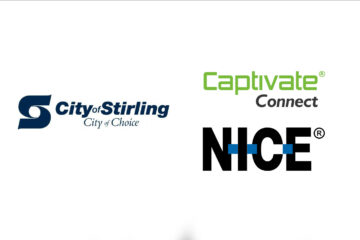- Beginning by thanking the caller. People don’t want your thanks, they want you to answer their call. By thanking them for calling or holding, you remind them that they are waiting, patronising and aggravating them. A happy caller creates a seamless and positive experience for all involved- from the customer to the customer service agent, to your business as a whole.
- Using industry jargon. Unless your callers are in the industry, don’t use jargon that they might not understand. For example, if a physiotherapist’s office On Hold messages ask callers if they ‘experience pain in their Acromio Clavicular joint’, or ‘effusion surrounding their Anterior Talo-Fibular Ligament’, the customer will most likely just be confused. However, asking callers if they have a sore neck, or if they are fatigued from standing on their feet all day, the customer can understand, relate, and will be more receptive and willing to listen.
- Including every tiny bit of information about a product or service. The topic in question may be of no interest to the caller, so just include the highlights and leave the nitty-gritty for your staff to discuss with the caller.
- The old “one-stop-shop”. Clichés like this are so common that it makes callers tune out. They’ve heard it all before, meaning they’re less likely to absorb the information you’re imparting. Consider referring them to your resident expert and let them experience the knowledge themselves, rather than telling them about it.
Categories: News



0 Comments